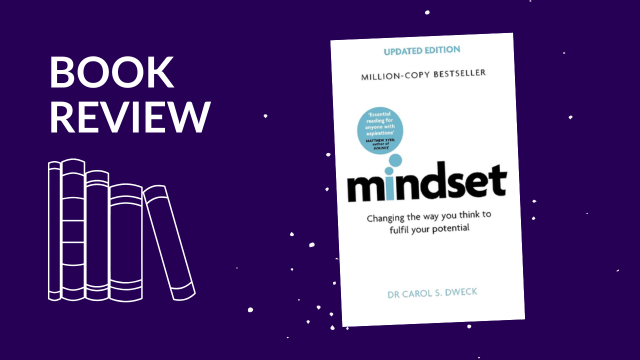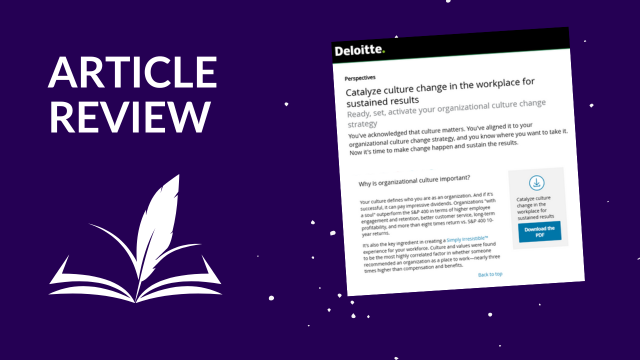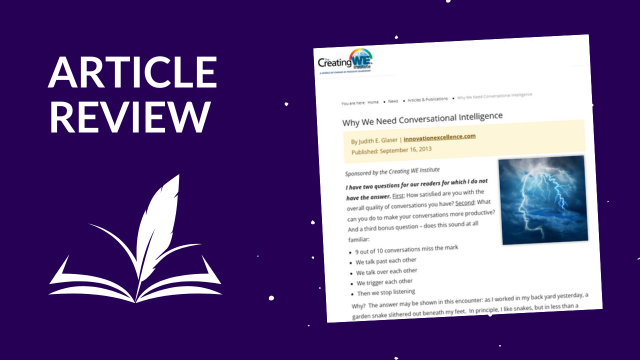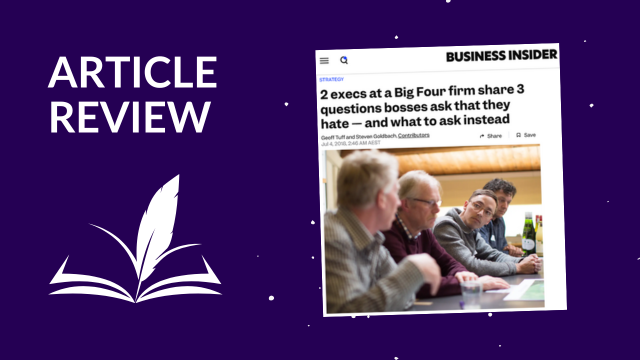While “The Hard Side of Change Management” was first published in Harvard Business Review in October 2005, it provides some important research findings to change management practitioners – and organizational leaders – even today. The article offers an approach that allows the integration of some of the “softer” aspects of change management with hard data analysis. In the first section of the article the authors (Harold L. Sirkin, Perry Keenan, and Alan Jackson) introduce what they call the DICE model; it is this section which I address here. If this resonates with you, or you want to explore the model further, I recommend the full article. In subsequent sections the authors address creating the DICE framework, how DICE scores predict project outcomes, and how to apply the framework. (NOTE: Harvard Business Review allows a limited number of complimentary online articles before requiring a subscription. This article is worth investing one of your free readings.)
The DICE framework consists of four elements: Duration, Integrity, Commitment, and Effort. Here are highlights of each.
- Duration: While project duration can play a role in affecting the likelihood of success, the more critical factor that the research identified was duration between formal project reviews. The authors recommend a duration of no more than two months between reviews; reviews for more complex projects are recommended as frequently as every two weeks. Reviews should report against milestones that track outcomes, not just activities.
- Integrity: This refers to the capability of the project teams. “Companies must free up the best staff while making sure that day-to-day operations don’t falter.” The most successful teams are created by thoughtfully identifying members across (and up and down) the organization to ensure the right mix of skills, knowledge, and social networks.
- Commitment: There are two groups of people whose commitment the authors identify as critical. The first are “the most influential executives…who are not necessarily those with the top titles.” The second group consist of “those at the coal face,” including managers and staff. They emphasize the principle that every experienced change practitioner knows: you cannot gain commitment of this second group of people if it is not visibly and consistently displayed by the first group.
- Effort: In their research the authors found that if a change project adds more than 10% demand on top of employees’ current workload, the likelihood of success suffers. They recommended taking unnecessary workload away in order to create the space for the additional needed effort of critical projects. They cite the fact that in their research they found one company that delayed or restructured 120 of 250 ongoing projects to ensure that attention was focused on those that were top priority.
If you are an experienced practitioner, you may find this article serves to affirm what you know should be done, rather than providing you with new principles and practices. What it does provide is a model that will allow you to validate the often difficult actions that you are recommending by providing data to leaders. In some organizations, that is a change that you can make that can make a big difference.







